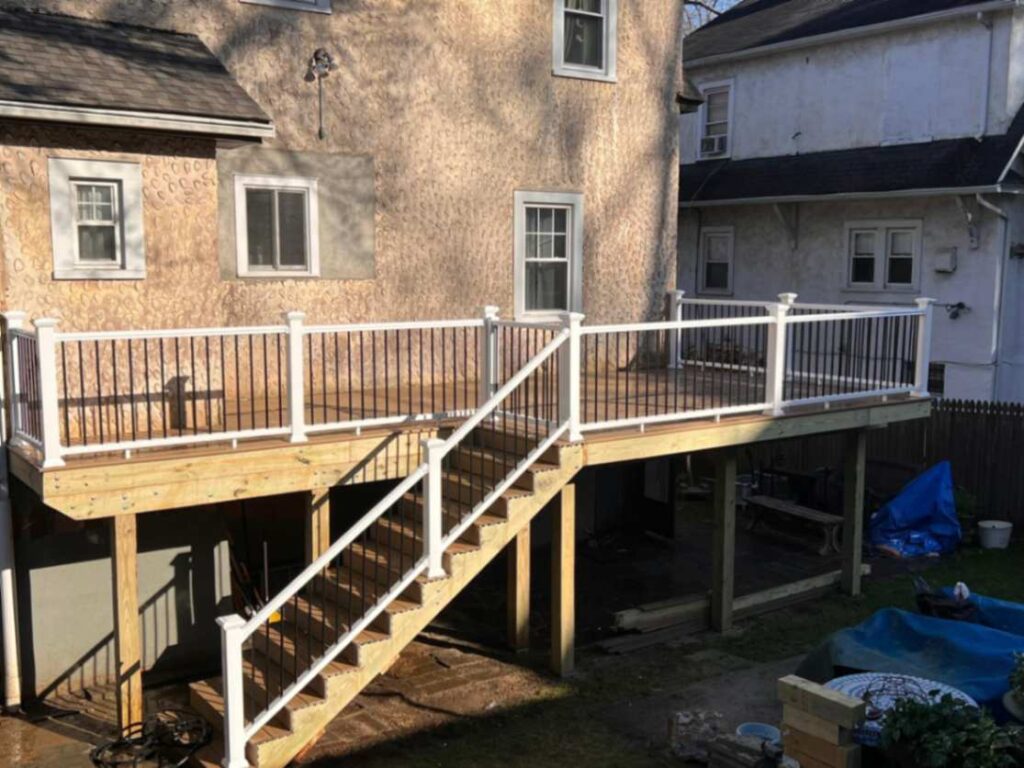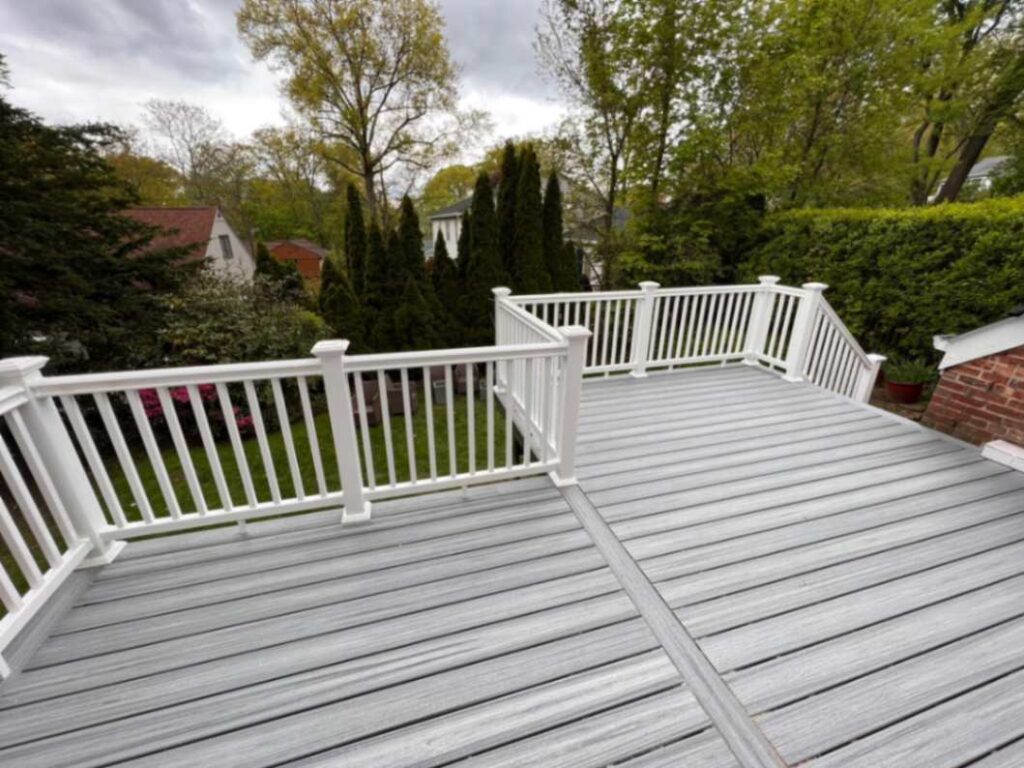For exterior improvements, homeowners should choose between composite and wooden decks. While wood offers warmth, natural beauty, and a classic appeal, composite decking offers longevity, low maintenance, and resilience to climate and pests. Price, long-term performance, aesthetics, and environmental effects are some of the criteria that frequently influence the choice. By examining the key distinctions, benefits, and drawbacks of wood and composite decking, this article offers an informed choice based entirely on your unique requirements and way of life. Natural wood grain patterns and textures give wood flooring a timeless appearance. Initially, it is less expensive than composite decking. They let you be creative and are simple to paint or stain. To avoid rot, distortion, and insect infestation over time, they need regular maintenance. Wood can splinter, split, and decay. particularly in corrosive situations. Even though hardwood logging adds to deforestation, there are sustainable substitutes. Because of its enhanced production techniques and aesthetic appeal, composite decking is a preferred low-maintenance and long-lasting substitute for natural wood among contemporary homes. Composite decking offers advantages such as durability, low maintenance, and resistance to rot, insect damage, and fading. It is low in environmental impact due to recycled materials. However, it has drawbacks such as higher upfront costs, which can be offset by cheaper maintenance, and may not appear as natural as wood. Additionally, it may be hot in the sun, making it uncomfortable for bare feet. When assessing cost, it's crucial to consider both initial investment and long-term expenses. Wood decking is generally cheaper, especially with pressure-treated lumber. Cedar and redwood are moderately priced, while exotic hardwoods are the most expensive natural options. Composite decking, on the other hand, has a higher initial cost but is more cost-effective in the long term due to its reduced maintenance, repair, and replacement requirements. The upkeep needs of composite and wood decks are different. Composite decking requires little maintenance, such as the occasional hose wash or mild detergent, whereas wood decking needs staining or sealing every year to guard against moisture, UV rays, and insect damage. Over time, boards may require replacement or sanding due to wear and strain. Composite decking resists common problems including warping, cracking, and splintering. Outdoor decks must be durable due to their exposure to weather, foot traffic, and potential impacts. Wood decks are durable and can last 10 to 15 years with proper maintenance, but their strength is determined by the type of wood utilized. Tropical hardwoods are more durable than pressure-treated pine, but they cost more. Composite decks, which are designed for longevity, can last for 25 years or more and are very resistant to weather, insects, and normal wear and tear. The synthetic materials used in composite boards maintain structural integrity and aesthetic appeal over time. The sustainability of materials, especially wood decking, is becoming more and more important to homeowners. Although wood is a renewable resource, how it is sourced affects its environmental impact. Preferable are certified sustainable options, such as those offered by the Forest Stewardship Council. Tropical hardwoods and pressure-treated lumber may require chemical treatments or raise issues with deforestation. Composite decking is environmentally beneficial but not biodegradable, which could be a disadvantage at the end of its existence. It is created from recycled polymers and wood remnants. A deck's external space is greatly influenced by its look. Wood decking has a natural appearance and feel that can be altered with paint or stain. Although composite decking mimics the look of wood, some homeowners may find it to be less realistic. But with time, it maintains its appearance without fading or discoloring and offers a range of colors and textures. Both choices can be altered to accommodate shifting tastes. Budget, level of maintenance, style, and environmental impact are all important considerations when deciding between wood and composite decking. While composite boards offer a more modern look, wood is more cost-effective and delivers longevity and maintenance savings. Although they value the commitment to maintenance, homeowners also cherish the beauty of wood. An environmentally sustainable choice can be guaranteed by the sustainability strategies of manufacturers. The choice between wood and composite decking depends on your priorities, budget, and aesthetic preferences. Wood offers a timeless, natural appearance and is cost-effective but requires regular maintenance. Composite decking, while more expensive, offers long-lasting performance, low maintenance, and eco-friendly options. A&G High-Quality Construction is committed to guiding you towards the best outdoor space solution, ensuring quality and satisfaction in every project. Contact them to explore options tailored to your needs and lifestyle.Overview of Wood Decking

Because of their inherent versatility and beauty. Pine, cedar, redwood, IP, teak, and other tropical hardwoods are examples of wood. That has been under pressure as a result, wood is frequently utilized for flooring. This creates a cozy, organic appearance that is hard to replicate.Overview of Composite Decking

Cost Comparison
Maintenance Requirements
Durability and Longevity
Environmental Considerations
Aesthetic Appeal
Making the Right Choice
Conclusion